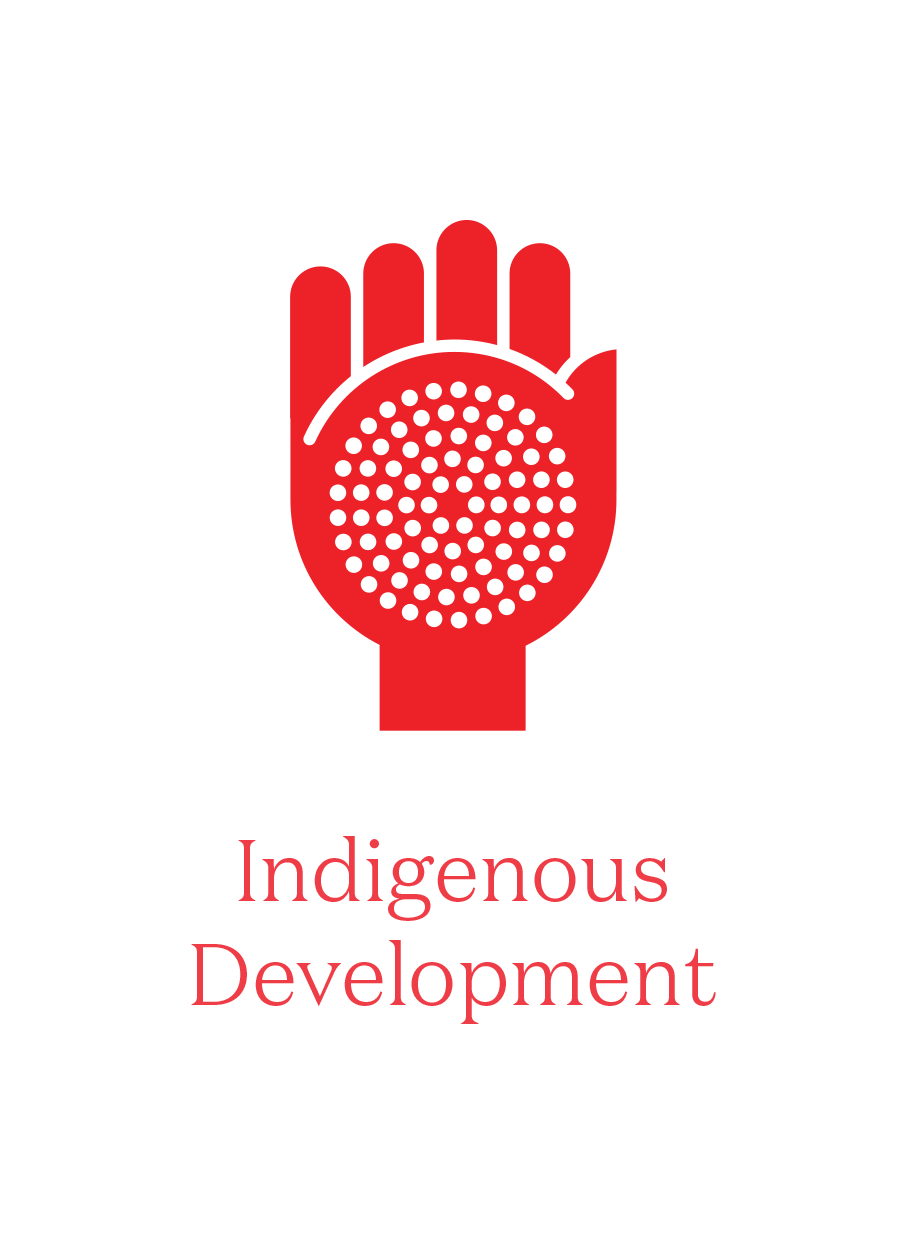The capacity to care ↓
Back in the early 1980s in Lismore, an Aboriginal grandmother had an idea that would change the lives of hundreds in her community over the next 40 years. At the time, poor transport options and few culturally safe opportunities made it hard for Aboriginal families to attend preschool or early childhood educational programs. So the grandmother started a small playgroup in her garage for Aboriginal children.
Since then, Jarjum (an Aboriginal word for ‘children’) Centre has moved locations and become a community hub for families. There’s a bus service to the centre, while carers and on-site allied health professionals support children with their nutrition and transition to school. And Jarjum provides family services including parenting support, assistance with family conflict and court matters, hospital visits, financial literacy, crisis support and advocacy.
To better meet the demand for its services and provide a space children deserved, Jarjum needed a fit-for-purpose building in a safer location.
“We didn't have the infrastructure we needed, we were turning children away,” says Jarjum Director Maurita Cavanough. “Some of those children were then removed from their families. If they had received the support they needed from us, this wouldn’t have happened. It was so frustrating and painful, because we had the solution, but we didn't have the funds to do it effectively.”
Blended funding for a brighter future ↓
Thanks to several key partners including Community First Development (formerly Indigenous Community Volunteers) and the Lismore City Council, Jarjum secured land and developed a project proposal for its new home.
The centre also worked closely with Sefa over five years to become investment ready, with support from an Impact Investment Ready Growth Grant funded by the Commonwealth Department of Social Services. We helped Jarjum build its theory of change and impact measurement framework, and validated its business model from a financial perspective. We also coordinated with other funders to streamline the fundraising process and reduce the burden on Jarjum.
“Sefa was fantastic from the get-go. The team had a look at our financials and helped us see what it would look like with increased placements. They helped us with our internal systems and refined our project proposal,” Maurita says.
But even with a projected surplus cash flow, Jarjum would not be able to repay a loan to finance the entire build. It needed a blended capital strategy that included a mix of repayable and non-repayable funding. We developed a loan tailored to Jarjum’s financial capacity. For the remainder of the necessary funding, we helped secure a grant from the NSW Department of Education, approached philanthropic organisations with a particular interest in strengthening Jarjum’s impact – including the CAGES Foundation and Vincent Fairfax Family Foundation – and obtained support from the Indigenous Land and Sea Corporation.
“There are few options for accessing funds for co-designed or community-based approaches,” Maurita says. “For many organisations like ours, a blended strategy is the only way, because government funding sits in silos. But you can be creative and find ways around that with the help of the right connections, like Sefa.”
A space for future generations ↓
Almost nine years after the idea for the new Jarjum Centre was born, it now stands proudly in the community. With three classrooms, a sensory room and a room for its family workers, the centre now reflects the dedication and hard work of its staff. It will also increase the centre’s capacity, allowing 120 children to attend from early 2022.
“The new Jarjum Centre is an extension of what our elders started,” Maurita says. “It's allowing us to be good stewards of what we've been given. And to give our children a space they deserve.”






